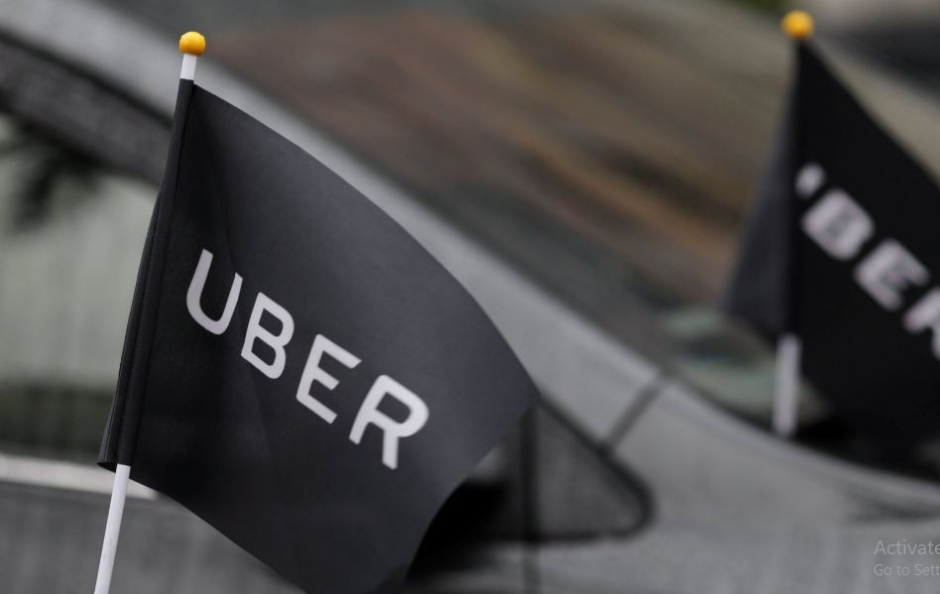Uber has priced its initial public offering (IPO) on Thursday at $45 per share, near the bottom of its expected price range. The ride-hailing company with this IPO has raised $8.1 billion and will be valued at $82.4 billion now, as reported by the New York Times.
The pricing for public offering came one day after the worldwide protect from the drivers, with drivers even protesting right out the company’s San Francisco headquarters. Uber filed its IPO last month, with $11.27 billion as the reported revenues of 2018. It also reported the net income of $997 million and adjusted $1.85 billion as EBITDA losses. Uber shared these details during the previous Uber’s disclosures of its financials.
This is not the first time Uber has shared its financial details with the public. The company has disclosed many numbers over the past few years. Uber shared its last report in February where it revealed revenue of $3 billion in Q4 2018, with the rise on operating losses.
The company’s revenue increased from ride-sharing from 2016 to 2018 from $3.5 billion to $9.2 billion, with gross bookings hitting $42.5 billion in the previous year from ride-sharing products.
Uber’s competitor in San Francisco — Lyft filed its S-1 documents in March, which showed losses of $1 billion in 2018 and revenues of $2.1 billion. Lyft further reported $8.1 billion in booking, covering 1.9 million drivers and nearly 30.7 million riders.
After a week of revealing its financials, Lyft priced its IPO at $62 to $68, planning to raise up to $2.1 billion in the process. Lyft suffered a great loss in its stock after skyrocketing nearly 10% on day one and is currently trading at 20% even below its IPO.
While this IPO event solidifies Uber’s position as being the first American technology company to go public, it will, on the other hand, be a disappointment to the investors and executives who had high hopes and bigger dreams for it.












